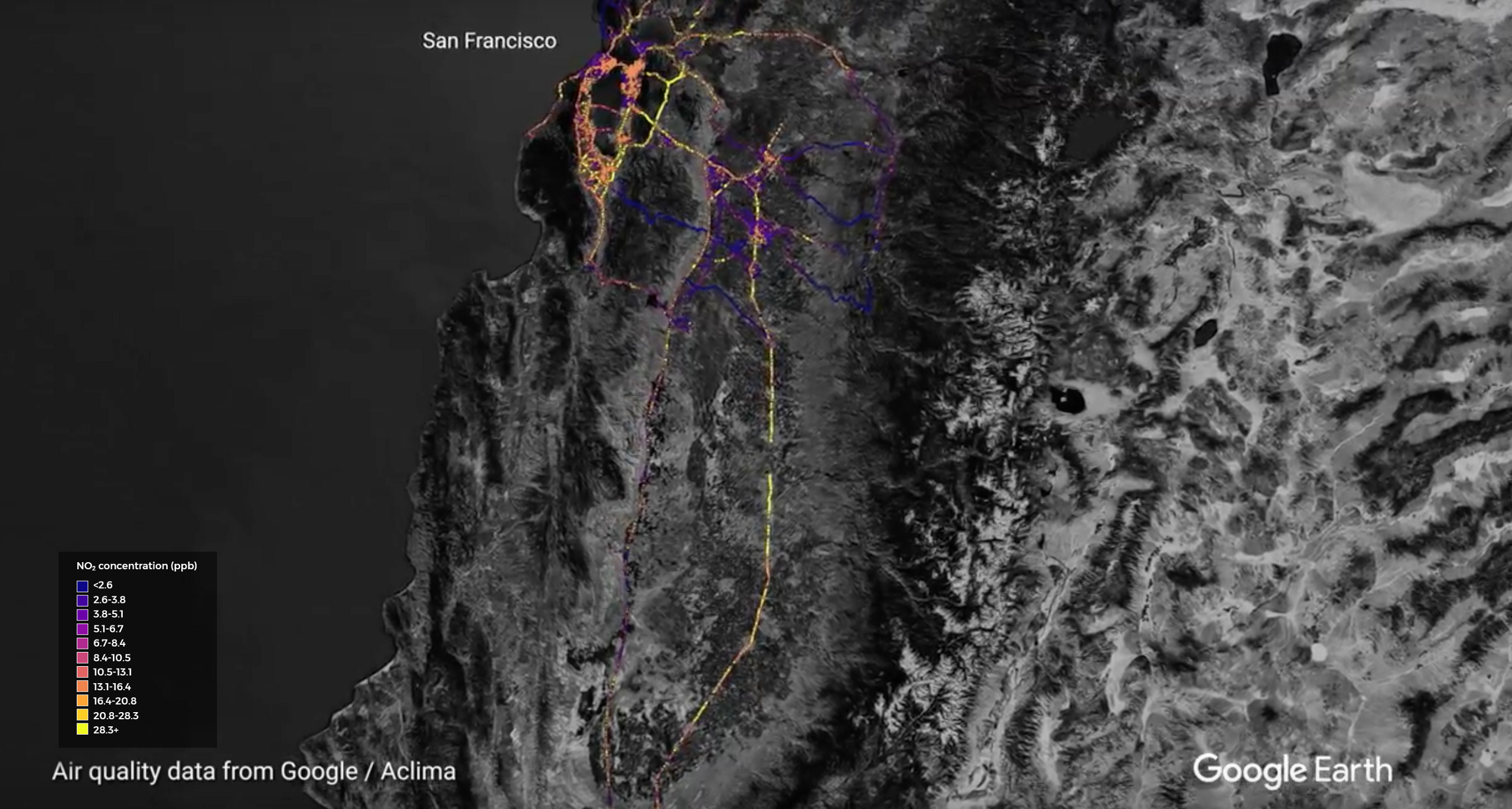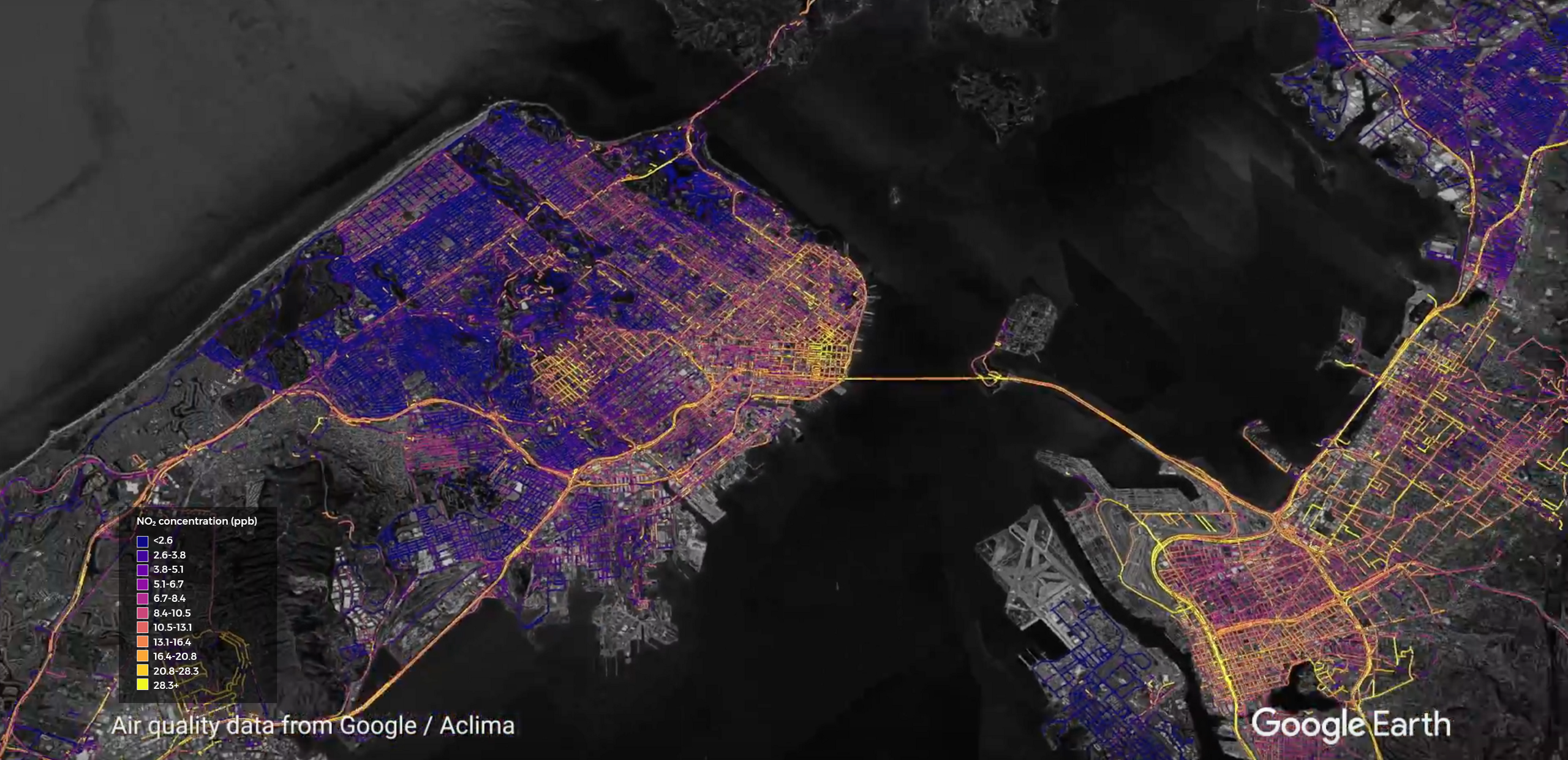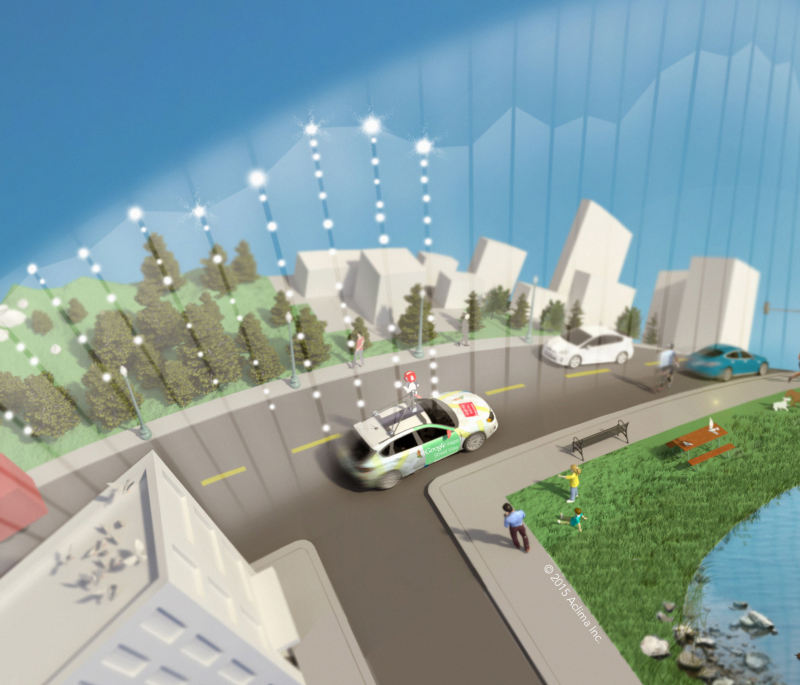By Dr. Jane Lubchenco
I’ve been to the farthest reaches of the earth, and I’ve seen firsthand some of the harshest effects of a rapidly changing climate. I’ve also been inspired by local leaders who are on the front lines of their communities meeting this challenge head on by innovating, uniting and fostering new ideas for resiliency.
We have built the world we know in the absence of data.
As world leaders return home following the ambitious agreements made at the United Nations Framework Convention on Climate Change in Paris, we will need data to keep us on track and gauge what’s working and what’s not as we lock in technologies and policies to reduce greenhouse gases in our cities.
Looking ahead, though, we have the opportunity now to harness information to create a new world. Seventy percent of the infrastructure that will exist in 2050 has yet to be built. Seventy percent of the global population will live in urban areas by 2035. It makes good sense to focus on innovative approaches to transform cities. That’s why mayors, businesses and individuals are taking the fight of climate change into their own hands.
Former New York City Mayor Michael Bloomberg and Paris Mayor Anne Hidalgo co-hosted the Climate Summit for Local Leaders in Paris this month. The meeting convened more than 500 civic leaders already acting at the local level.
These leaders understand that choices of accountability in communities make the amorphous nature of climate change a personal one and they are empowering city residents to be leaders in this movement. Aclima, a company that designs and deploys environmental sensor networks, was there to demonstrate the power of real-time, hyper-local air quality data to support these local efforts.
Technology can allow us to see our cities as systems and understand how our actions affect our own health and that of the planet.
Local leaders need climate data clearly and accurately presented so they can use it to transform our cities. Environmental data about air, water and land will inform our choices and help build smarter, more adaptable cities in the face of increasingly extreme weather events.
Technology can allow us to see our cities as systems and understand how our actions affect our own health and that of the planet. Cities want data to measure and manage their climate progress, and collaborations such as the one between Aclima and Google to map outdoor air quality in communities across California through a mobile environmental sensing platform is one partnership that meets that need.
However, while technology can help us, it won’t save us. We need political and market signals to ignite the best advancements. Local and federal governments provide this fuel. Washington, D.C., will save local taxpayers $45 million over the next 20 years by receiving 35 percent of its powerfrom wind generation. Portland, Oregon’s transit, solar and ecosystem investments have achieved a 14 percent reduction in total greenhouse gas emissions since 1990, despite the city’s 30 percent population growth over the same period. The city is on track to achieve its goal of 80 percent greenhouse gas reductions by 2050. Boston requires buildings to report their energy use and complete regular assessments to help ramp up efficiency.
There are dozens of these examples throughout the country of cities sending market signals to businesses to invest in technology to spur our clean energy economy.
To many, climate change seems like too big an issue to solve. Cities are the great equalizer in this exchange.
To many, climate change seems like too big an issue to solve. Cities are the great equalizer in this exchange. Within a city, ideas can be tested, adopted and scaled. Recent research by C40 shows that urban policy decisions made by mayors within the next five years will determine whether cities continue to produce 75 percent of all global greenhouse gas emissions. Mayors and city leaders are pivotal actors in any foreseeable solution to the warming of our planet.
To be sure, we cannot engineer ourselves out of climate change. Information and tools can guide us, but people will hold the key. Without a global agreement to reduce the most significant sources, city efforts alone will not be enough to stave off the worst effects. The role of science and technology is to help us understand what’s happening, what the opportunities are for making a transition to a more resilient, more healthy future. Innovation and data are stepping stones to help us find our way in the new climate reality.
The longer we wait to act on climate, the fewer options there are and the harder it will be. We know enough now to move forward in charting a healthier future, a future that doesn’t leave anyone behind.
Despite the challenges, the future can be hopeful. Through our cities, big, global problems seem more manageable. What we see happening in our own backyards is happening in backyards on every continent. New, accessible forms of environmental information enable us all to be part of the solution. Our shared awareness for action can add up to change that makes us a stronger, more resilient global community.
This piece was authored by Dr. Jane Lubchenco and originally ran on GreenBiz on December 17, 2015. Jane was the first woman to be appointed under secretary of commerce for oceans and atmosphere and National Oceanic and Atmospheric Administration administrator. She served in this role from 2009 to 2013. She is currently a professor at Oregon State University in Corvallis and serves on Aclima’s Advisory Board.
Share this
You May Also Like
These Related Stories

Healthier Cities Through Data

Examining Air Quality in the City by the Bay

/2022_Aclima_Logo_Mist_500px_wR.png?width=501&height=193&name=2022_Aclima_Logo_Mist_500px_wR.png)
